Welcome to Part 2 of Preparing Bulbs For Potting! In the interest of time, I'm using plastic pots for two of the bulbs, but I really prefer unglazed clay. Plastic holds moisture for longer than I like, and it doesn't breathe as the clay does.
Once you've unwrapped your bulbs and peeled away the dead outer layers, inspect them carefully for any problems. Assuming the bulb is in good shape, and the exposed layer is healthy, go ahead and gather together all the supplies you'll need to pot up your bulbs.
You'll need clean pots and saucers, variety name tags, potting medium, anti-fungal powder, rooting hormone powder, a small paintbrush, and Superthrive... if you plan on soaking the roots before potting.
{{gwi:387142}}
In the photo above, Misty's roots are being soaked in a small container of tepid water, along with a few drops of Superthrive. This helps plump up the roots, and gives the bulb a little shot of micro-nutrients and vitamins. Some say it helps stimulate growth, and others don't bother with this step. I'll pre-soak the roots if there are already some decent roots on the bulb... otherwise, I simply skip this step.
Next... using the paint brush, paint some of the anti-fungal powder on any raw flesh, bruises, cuts, and around the outer rim of the basal plate. Even if there is no rot present, this step will help avoid future rot problems as the bulb establishes itself.
{{gwi:387143}}
Once that's done, paint a bit of rooting hormone powder on the bottom of the basal plate. This will help stimulate new roots to grow.
{{gwi:387144}}
Next... prepare your pot by adding a bit of the potting medium to the bottom. If you like, a small piece of screen can be placed over the drainage hole. I use small cutout circles of coffee filters. They are biodegradable, and hold the medium in the pot long enough for it to settle and roots to grow. DO NOT use a layer of gravel or anything other than your potting medium! For optimum drainage and even moisture throughout the medium, you want one layer only in the pot.
{{gwi:387145}}
Hold the bulb at the level you want it to sit with one hand, and with the other add the potting medium around the bulb. I prefer that half of a bulb be above soil level, but anywhere from 1/2 to 1/3 is just fine.
{{gwi:387146}}
Once the medium is at the desired level, tap the pot a couple of times to settle the bulb in the medium. It's not necessary to tamp down the soil... aeration is needed, so it's not a good idea to compact the medium. Water the bulb using tepid water. Water enough to evenly disperse moisture throughout the medium... make certain to dump any water that accumulates in the saucer.
{{gwi:387147}}
Add the name tag so you know which bulb you just potted, and place it in a warm, bright room... preferably where it can get some needed sunshine.
{{gwi:387148}}
Repeat the above steps with each bulb you are potting. You may run into baby bulblets growing on the side of the mother bulb... until they are larger and have their own roots, they can remain attached to the mother bulb. Be sure to paint some anti-fungal powder in between the two as this is a prime area for rot to begin.
{{gwi:387149}}
Roots will grow faster if rooting hormone powder is used.
{{gwi:387150}}
The Lemon Star bulb pictured in Part 1 had a bulblet growing at an odd angle on the underside of the basal plate... I decided to remove the bulblet and pot it separate from the mother bulb. If left attached, it most likely would have died and decomposed under the bulb, possibly causing rot problems and dead roots.
{{gwi:387151}}
It didn't have its own root structure, but I've had good luck getting these tiny babes to root, so I'm not worried about it. I made certain to place it in an appropriately sized pot.
{{gwi:387152}}
The rootless baby will sit on a heat pad under lights until there are signs of new growth. At this point, I'll move the bulb into the sunny window area.
{{gwi:387153}}
The adult Lemon Star is potted by itself, and Captan anti-fungal powder is liberally dusted at a crack juncture near the top.
{{gwi:387154}}
Potting is completed for these three bulbs, and for the rootless baby. Now, we wait. The scapes will grow and bloom, and I'll be checking every few days to see if watering is necessary. I'll allow the medium to dry out before I add more water. It's better to err on the dry side with Hippeastrum bulbs than on the wet side. Too much moisture for too long a time spells ROT!
{{gwi:387156}}
Tune in again as we follow these three bulbs through their cycles. Next stop: Bloom! It is my hope that these photo series will help those who are new to Hippeastrum bulbs, or those who just want a refresher course! Sometimes, it's just nice to know how others handle their bulbs.
Thank you for following along... and until next time... Happy Gardening!

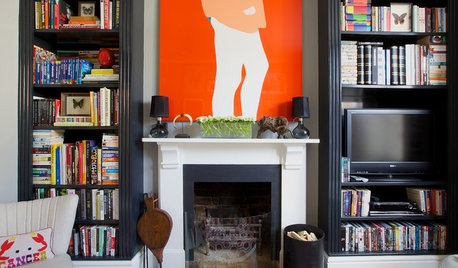

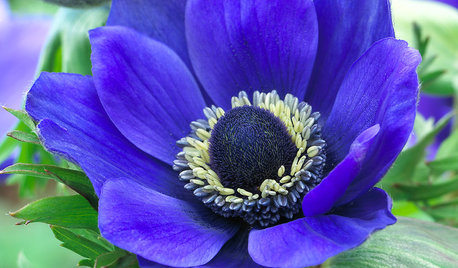
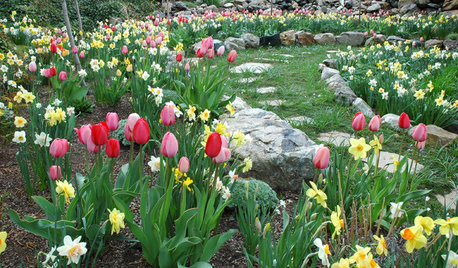

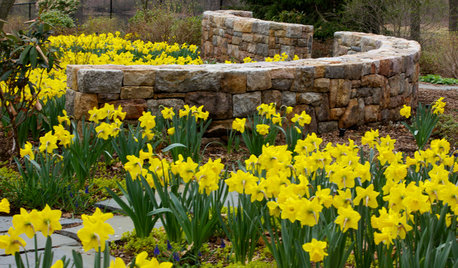


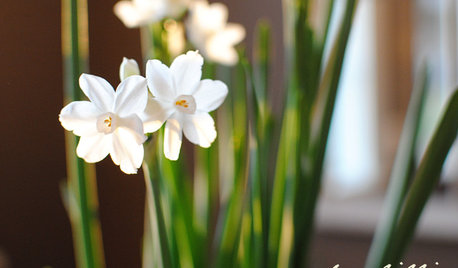



hatta
blancawing
Related Discussions
Grooming bulbs - outdoor pots
Q
OT- Summer Garden pics- part 2
Q
wanted: have: part 2 2013 ft worth autumn swap november 2
Q
Our appliance shopping, Part 2
Q
haxuan
brigarif Khan
hatta
jodik_gwOriginal Author
larschar
jodik_gwOriginal Author
salpal
java_j
salpal
salpal
mariava7
hatta
mariava7
jodik_gwOriginal Author
hatta
java_j
jodik_gwOriginal Author
phoenixryan
ryan820
jodik_gwOriginal Author
e36yellowm3
jodik_gwOriginal Author